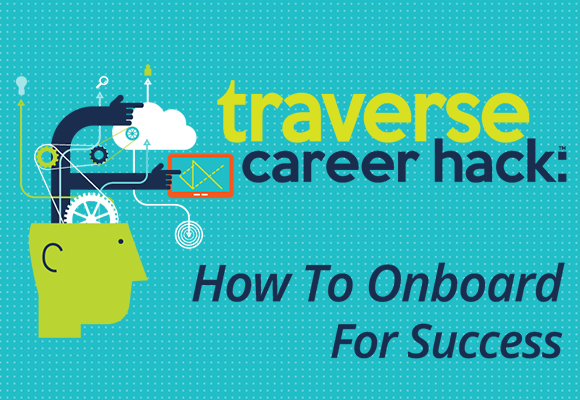- Written by Ellen Barker Dunagan
- Published:

You were laid off from your job. Whether you saw it coming or it was a total surprise, you are probably experiencing a lot of emotions, including that feeling of “What do I do now?”
Instead of: Acting impulsively out of desperation or, worse, feeling all is lost…
Try: Bouncing back! Here’s how to begin:
1. Experience your emotions. Write them down. Share them with someone you trust. Allow yourself time to feel what you feel. This will help you get unstuck more quickly. Then you can put one foot in front of the other and find that next opportunity.
2. Enlist support. Were you provided with outplacement services? Do you know a recruiter or HR professional who can help you update your resume? Do you need expert guidance with designing a strategic job search? Many resources out there can help you with the next phase of your career. Identify them early on so you can rally additional support during this difficult transition .
3. (Re)evaluate your starting point. What do you want? This is a great question to ask yourself after a layoff. You might feel free to move in a new direction, finally. You might need a job, quickly. Listen to what comes up for you—that is all that matters. If you want to change professions or industries or if you’ve had an eye on a particular organization, choose someone to network with. Pick a starting point, set a goal, and do it!
Being let go from your employer involves complex layers of emotions, ranging from confusion to flat-out fear. Know that these feelings are normal, that you have endless resources available, and that you now have the chance to revisit your career goals. This knowledge will give you the confidence to move forward, and even look forward to this next phase of your career!



